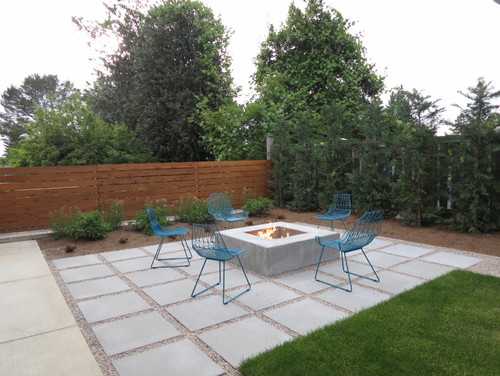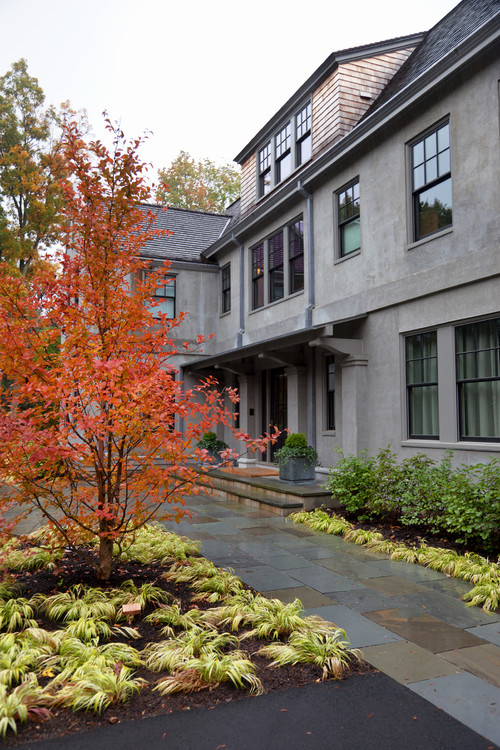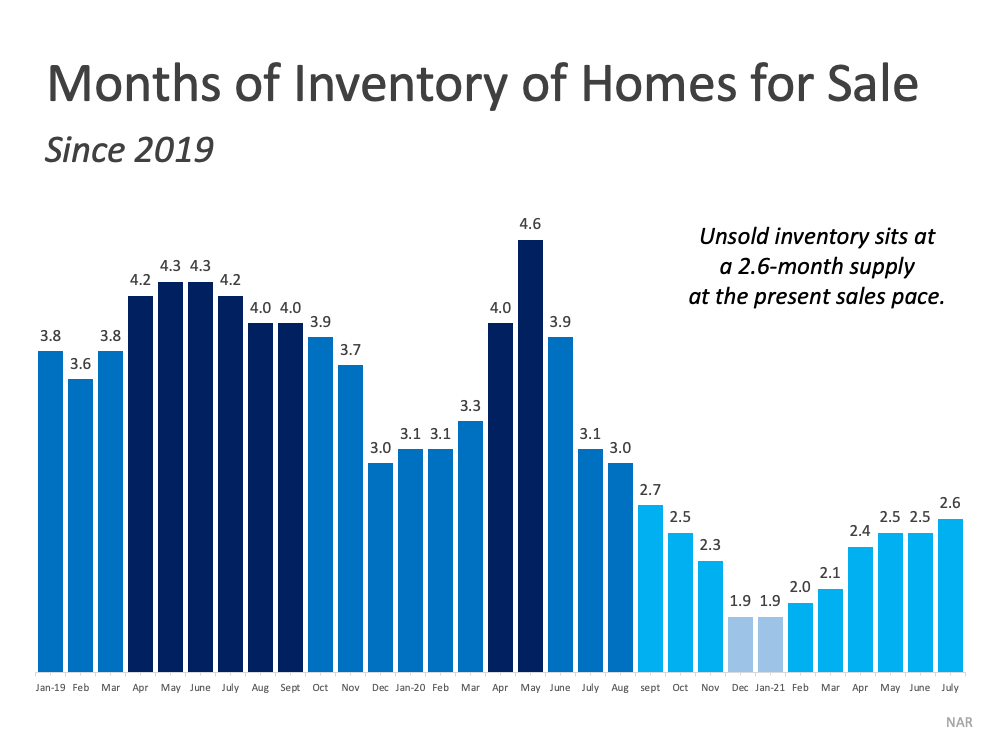Selling a house as is sounds like a pretty sweet deal for sellers. Sellers don’t have to scurry around fixing the place up.
But what does an as-is home sale mean for buyers? When looking through property listings and the term “as is” appears, some people see it as a warning.
Others, such as real estate investors, may see a house being sold as is as an opportunity. That might get prospective buyers wondering what exactly does “as is” mean?
Selling a house as is: What does “as is” mean in real estate?
Technically, when a real estate agent lists an as is home sale, it means the homeowner is selling the home in its current condition, and will make no repairs or improvements before the sale (or negotiate with the buyer for any credits to fund these fix-its). The term “as is” is rarely tacked on a property sales listing that’s perfect and move-in ready.
On the contrary, people often sell as-is homes that are in disrepair, because the homeowners or other sellers can’t afford to fix these flaws before selling (which would help them sell the home for a higher price).
Alternatively, a home may have been through foreclosure and is now owned by a bank, or the seller may have died and left the house to inheritors or an estate agent who have little idea what could be wrong with it but need to sell.
Whatever the reason, the current sellers aren’t willing to pretty up a home before selling it. They just want to sell the real estate and move on. All of this means that the buyer of this house inherits any problems a home may have, too.
When a real estate agent lists as home to sell “as is,” that doesn’t change the legal rights of the buyer. The listing agent must still have the seller disclose known problems, and the buyer can still negotiate an offer with the final sale, contingent upon a real estate inspection.
Pros and cons of as-is home sales
So how can “as is” be the aforementioned opportunity, if the buyer is taking on all those problems?
It all comes down to cash value. Those two short words in a listing usually indicate that the home may be considered to be a fixer-upper. The house will have a relatively low list price to start with, and the sellers might even entertain still lower offers.
A real estate agent may even list a house with serious problems as “cash offers only,” if the house’s problems could prevent it from qualifying for a mortgage.
If the prospective buyers happen to be contractors or handy with a hammer, are looking for a property to flip, or maybe just want an extreme bargain, the promise of an as-is sale could be music to their ears.
Cash buyers and corporate investors look for home sellers who want a fast sale, but they expect those sellers to offer a low list price in exchange.
Yet the downsides of an as-is property are obvious and should not be underestimated. Any number of things could be wrong with the house that are not immediately apparent to the eye. Buyers might think they’re getting a killer deal, but they could also be throwing their life savings into a black hole.
Should you buy a house being sold as is?
Now that you know the pros and cons of an as-is home sale, you might be wondering whether to move ahead with the sale—and how. Since these sales can be bargains, they are worth considering, although there’s one precaution buyers will definitely want to take prior to the sale: a home inspection.
A home inspector examines the house from basement to rafters and will point out any problems plaguing the place that may make the buyer want to reconsider the sale. The problems can be current or potentially in the buyer’s future, such as an old roof that may need replacing five years later.
A real estate inspection costs around $300 to $500, and typically occurs after the buyer has made a sales offer on real estate that’s been accepted and put down a deposit.
The buyer, not the seller, pays for the inspections—which makes sense, because that way the inspector is not working for the seller.
On houses that aren’t selling as is, buyers may use problems found during the inspection to demand that repairs be made (or that credits be given so they can make those repairs themselves).
While as-is home sellers have already made it clear they won’t lift a finger on that front, an inspection still serves an important purpose for buyers before the sale.
Provided the buyers place an inspection contingency in the contract, this means that if the inspector unearths problems, the buyers don’t want to address, they can walk away from the deal with deposit in hand.
“You should always elect to do a home inspection, especially on a bank-owned property where no one knew how the home was cared for and no one knows what happened right before the past owners left the property,” says Winston Westbrook, a broker and owner of Westbrook National Real Estate Co. specializing in short sales and distressed real estate.
“Yes, you lose out on the cost of the home inspection, but the cost of the home inspection is well worth it, considering the headache you would have had in the future trying to make the house livable.”
On the other hand, if the inspection reveals additional problems, you might consider offering a lower price based on estimated costs of home improvement.
Remember that, despite what the seller says in the real estate listing, a real estate deal is still open to negotiation. If the sellers have a property on the market and it doesn’t sell, they may be open to selling at a lower price.
The sellers may even make certain fixes requested by home buyers, if that’s the only way they can sell the house.
Unless it’s a hot real estate selling market and other potential buyers are competing with you, the listing agent knows that the property won’t sell until you get a deal that works for you.























